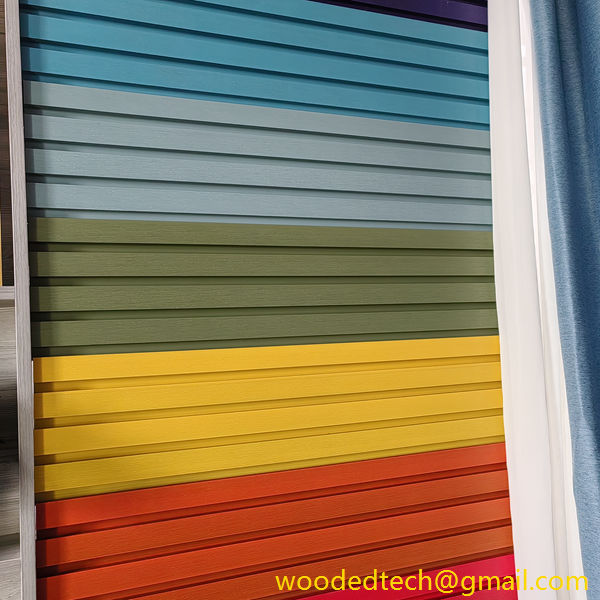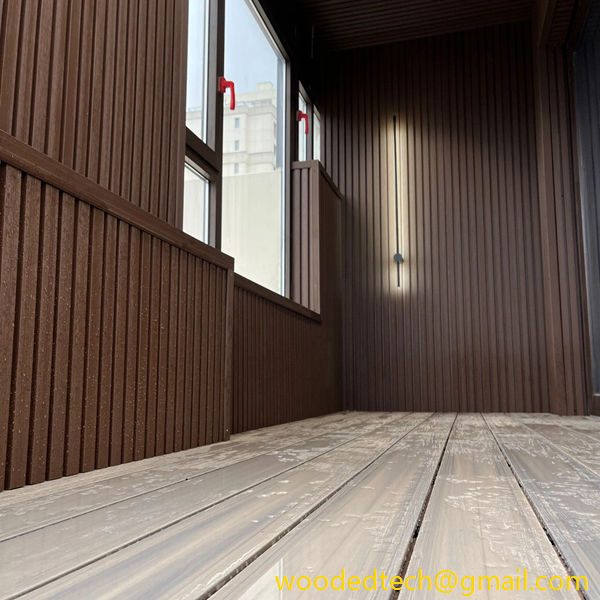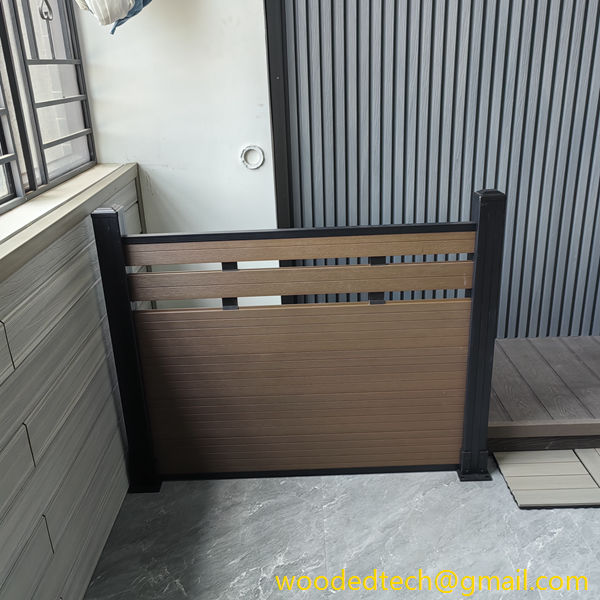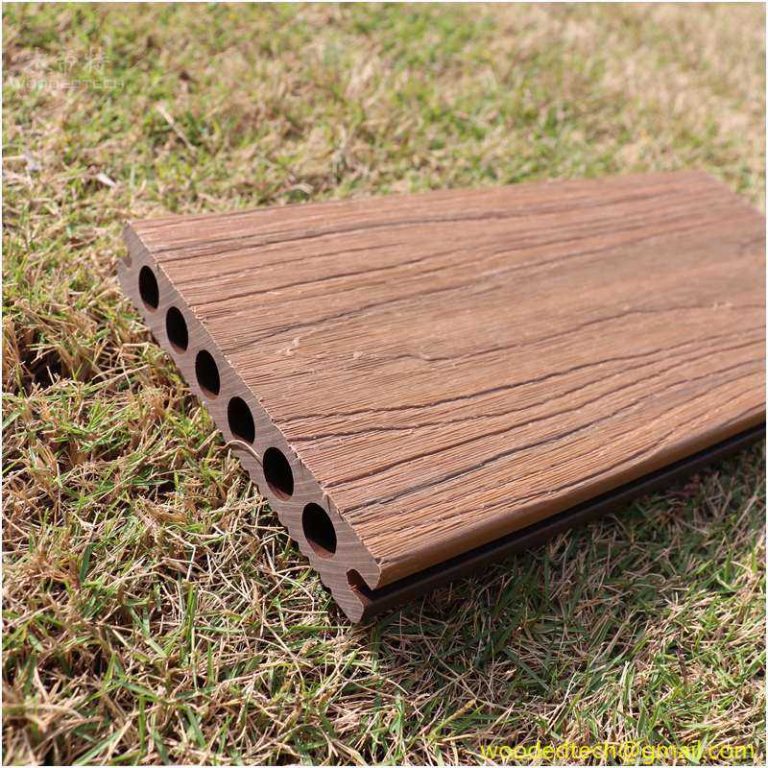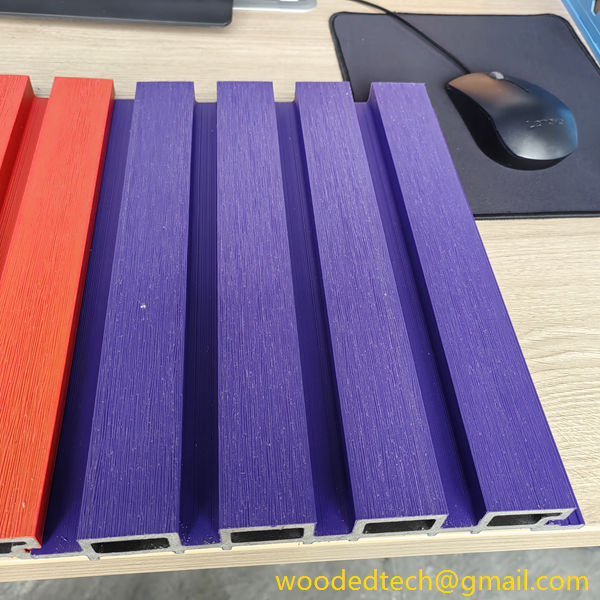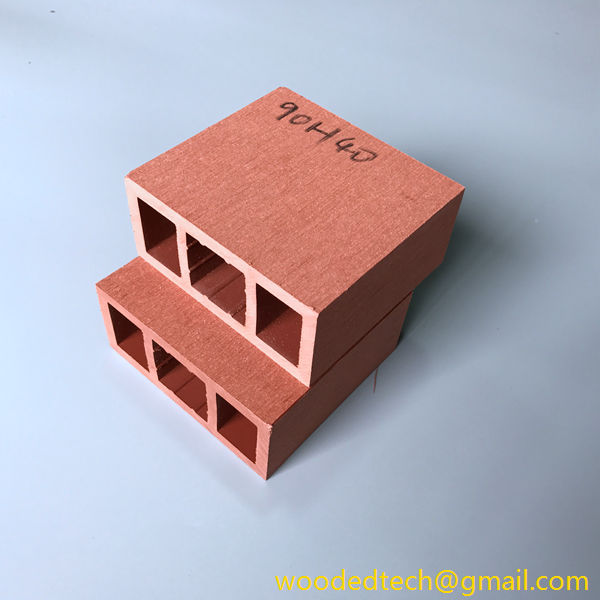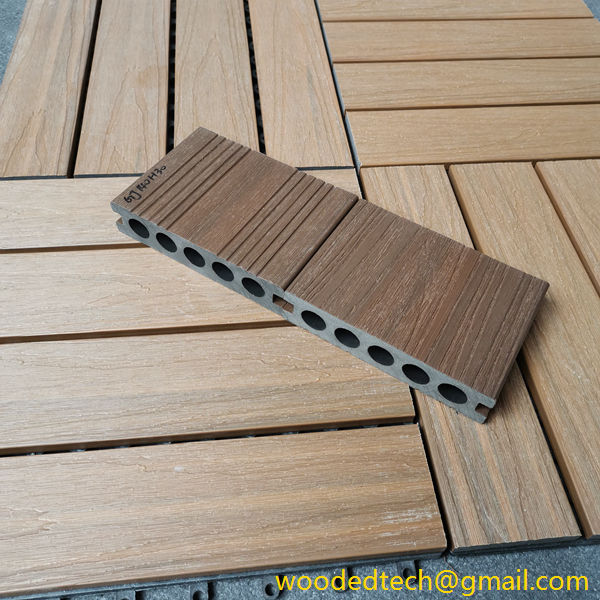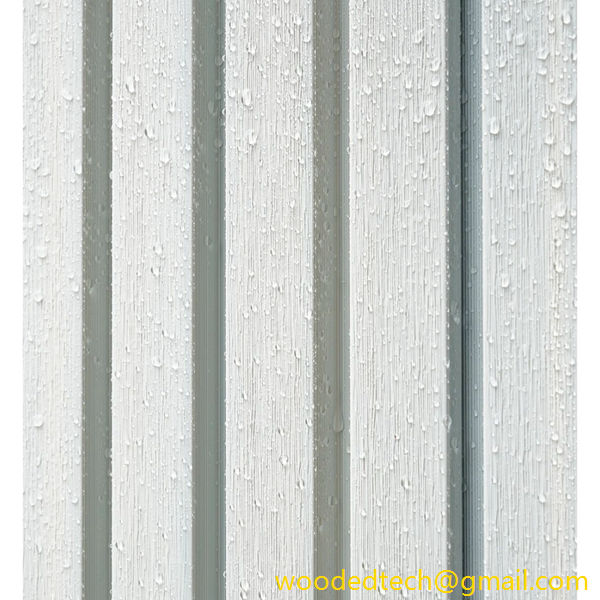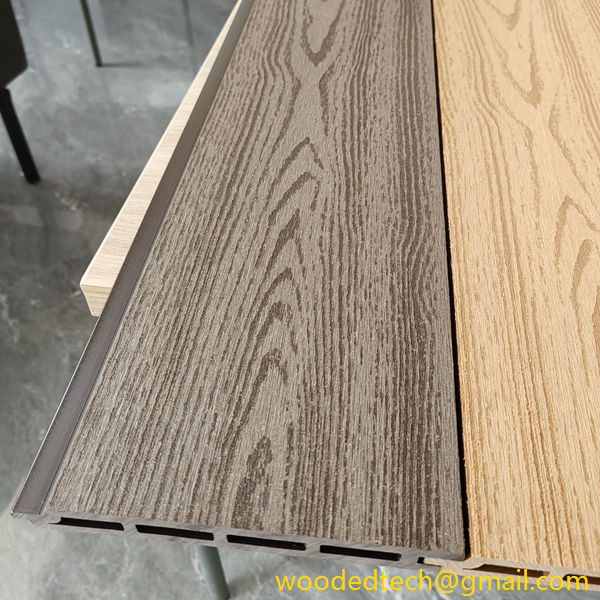Versatile Wall WPC for Innovative and Sustainable Building Solutions
Versatile Wall WPC for Innovative and Sustainable Building Solutions In the modern construction industry, the search for innovative and sustainable materials has led to the rise of Wood Plastic Composite (WPC). This versatile material combines the natural aesthetic of wood with the durability and robustness of plastic, making it an ideal choice for various applications,…
Versatile Wall WPC for Innovative and Sustainable Building Solutions
In the modern construction industry, the search for innovative and sustainable materials has led to the rise of Wood Plastic Composite (WPC). This versatile material combines the natural aesthetic of wood with the durability and robustness of plastic, making it an ideal choice for various applications, particularly in wall construction. WPC offers a plethora of customizable options, allowing architects, designers, and builders to create tailored solutions that meet their specific project requirements. This article explores the benefits and applications of Wall WPC, highlighting its role in innovative and sustainable building solutions.
Firstly, WPC is composed of a mixture of wood fibers and thermoplastic resins, which gives it unique properties that set it apart from traditional building materials. One of the most significant advantages of WPC is its ability to resist moisture, decay, and insects. This characteristic makes it an excellent choice for exterior wall applications, where exposure to the elements can deteriorate conventional materials over time. WPC does not warp, splinter, or crack, ensuring that it maintains its structural integrity and aesthetic appeal throughout its lifespan.
The customizable nature of Wall WPC is another compelling feature that attracts architects and builders. WPC can be manufactured in various colors, textures, and finishes, allowing for a high degree of design flexibility. Whether a project requires a sleek modern look or a more rustic appearance, WPC can be tailored to match the desired aesthetic. Additionally, the material can be easily molded into different shapes and profiles, enabling intricate designs that can enhance the visual appeal of any building. This versatility means that WPC can be used in a wide range of architectural styles, from contemporary to traditional.
A significant aspect of sustainability in construction is the use of eco-friendly materials. WPC is often made from recycled wood fibers and plastic, reducing the demand for virgin resources and minimizing waste. By utilizing recycled materials, WPC contributes to a circular economy, where products are designed for reuse and recycling. This not only helps in conserving natural resources but also lowers the carbon footprint associated with the production of new materials. Moreover, WPC is often manufactured using environmentally friendly processes, further enhancing its sustainability profile.
In addition to its sustainable composition, Wall WPC offers energy efficiency benefits. The thermal properties of WPC can help regulate indoor temperatures, reducing the need for heating and cooling systems. Buildings constructed with WPC can achieve better energy performance, which is increasingly important in achieving green building certifications such as LEED. By using materials that enhance energy efficiency, builders can contribute to reducing energy consumption and greenhouse gas emissions, aligning with global sustainability goals.
The installation of Wall WPC is also a straightforward process, which can lead to significant time and cost savings during construction. Unlike traditional materials that may require complex tools or specialized labor, WPC can be easily cut, drilled, and fastened using standard tools. This ease of installation not only accelerates the construction timeline but also reduces labor costs, making WPC an economically attractive option for builders. Furthermore, the low maintenance requirements of WPC mean that property owners can save on long-term upkeep costs, adding to the overall financial benefits of using this material.
The use of Wall WPC is not limited to exterior applications; it can also be effectively utilized in interior design. With its aesthetic versatility and durability, WPC can be employed in various interior settings, including residential homes, commercial spaces, and public buildings. From accent walls to full wall coverings, WPC can bring warmth and texture to any environment while maintaining its resilience against wear and tear. The ability to customize WPC for different interior applications allows designers to create unique spaces that reflect the identity and values of their occupants.
Despite its many advantages, there are challenges and considerations to keep in mind when opting for Wall WPC. While it is a durable material, it is essential to select high-quality products that meet industry standards to ensure optimal performance. Not all WPC is created equal, and some lower-quality options may not provide the same level of durability or aesthetics. Therefore, it is crucial for builders and architects to conduct thorough research and choose reputable manufacturers.
In conclusion, the versatility of Wall WPC makes it an innovative and sustainable choice for modern building solutions. Its unique combination of aesthetic appeal, durability, and eco-friendliness positions it as a leading material in the construction industry. The customizable nature of WPC allows for endless design possibilities, making it suitable for various architectural styles and applications. As the construction sector continues to evolve toward sustainability, the adoption of materials like Wall WPC will play an essential role in creating efficient, environmentally responsible, and visually stunning buildings. By embracing these innovative materials, we can contribute to a more sustainable future while meeting the diverse needs of the built environment.

